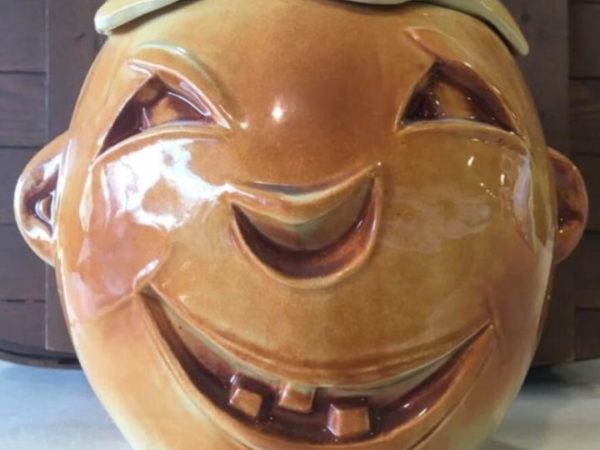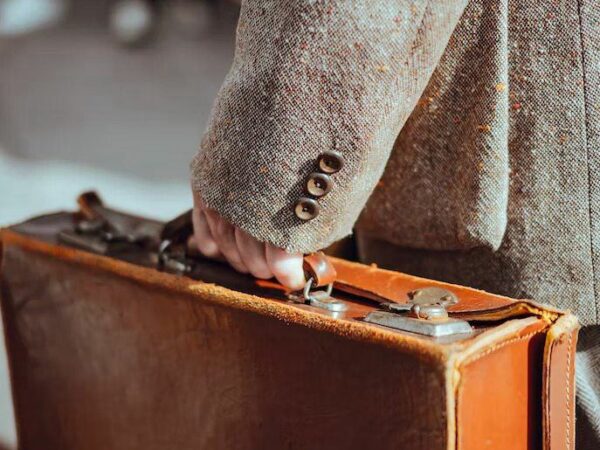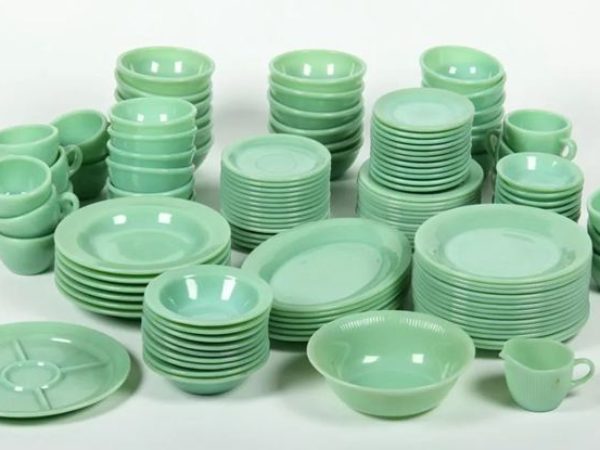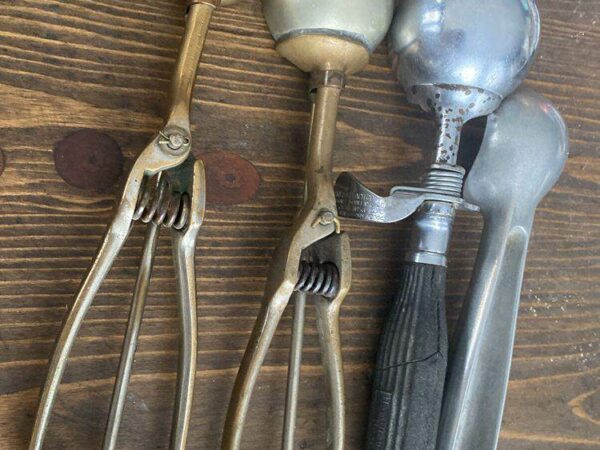The topic for today is antique mason jars. Although today they are used as candle holders, memento jars, juice cups, and decorations in the 19th-century, these jars were your best bet for storing foods.
So, if you’re pondering ways to identify the various types, designs, colors, and sizes of antique mason jars, you’ve come to the right place?
We’ve put together this comprehensive guide to help you avoid deception from counterfeiters who create dubs and intend to pass them off as antiques.
Table of Contents
Types of Antique Mason Jars
The various antique mason jars represent a time in history. Manufacturers constantly upgraded their products to suit the consumers’ needs. That’s why one brand can have multiple designs of an item.
To know the various types of mason jars is to take a journey into the history of mason jars.
The first set of storage containers failed to preserve food for long, leading to the invention of the Mason jar. Unfortunately, John L. Mason failed to patent his entire innovations so, other manufacturers copied his model.
The primary purpose of a mason jar was the storage of fruits and vegetables before the refrigerator became a thing. Each jar has unique features that make it better than others.
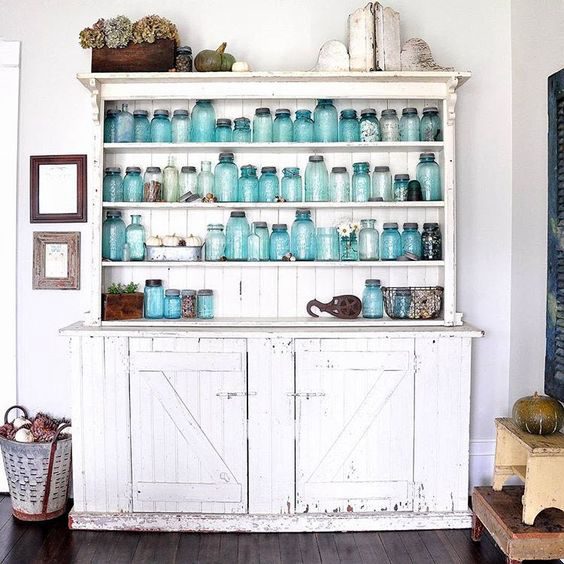
Cork-Top Jar
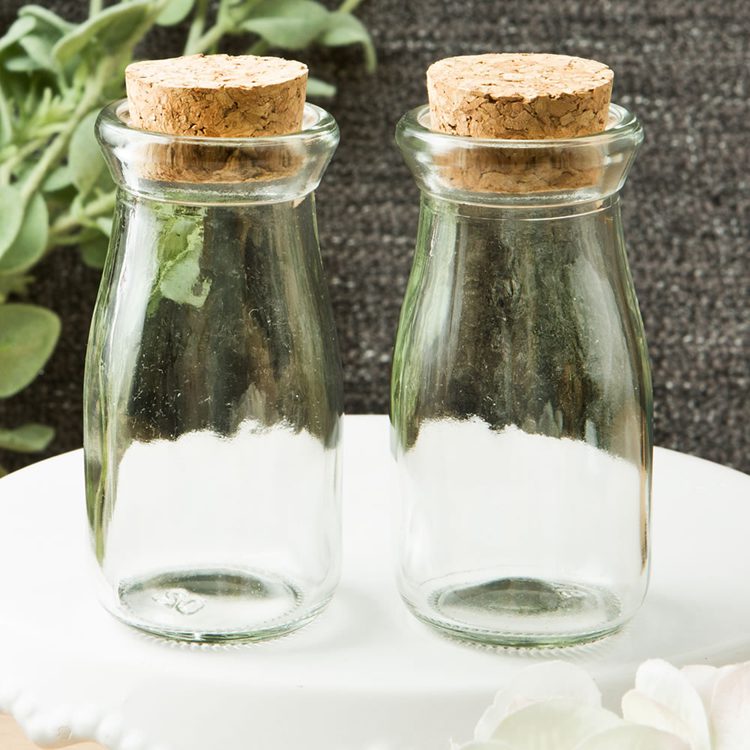
In the 1800s, the cork stopper was the widespread bottle closure. The fact that it remained airtight after opening and closing made it reliable.
Since producers already used this stopper for wine and olive oil bottles, they stuck with the design. After all, Mason jars looked like short wine bottles.
The cork-stop used is from the cork oak tree. It preserves moisture and scent, making it ideal for soup and spice storage, respectively.
Self-Sealing by Kerr
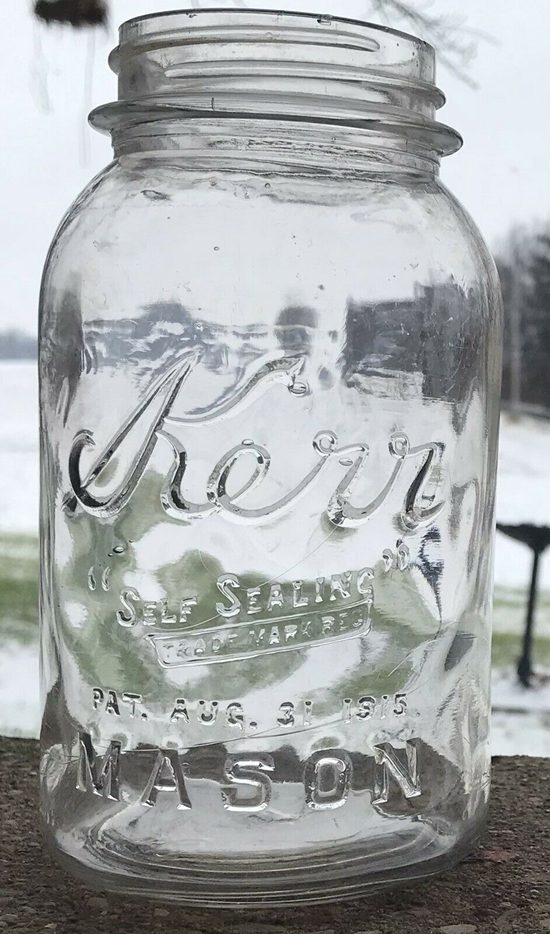
The Self-sealing jar by Kerr existed at two different times in history. One is pre-World War II (1904-1945), while the other is post-World War II (1946- mid1980). This jar has a rubber lid that melts under heat, thus creating a seal.
Consumers would cover the jar with a cork, then seal it with wax under heat. This process was as risky as it was tedious. That led to the invention of the screw-top mason jar.
Screw-Top Mason Jar

The self-sealing design was messy and stressful. So, in 1858, John Landis Mason designed the first Mason Jar. It was a screw-top jar with threaded glass.
This design effectively kept the containers water and airtight before long other manufacturers followed the Mason Jar’s blueprint.
Improved By Hero

In response to the complaint of food spoiling in metal lid mason jars, Hero improved on the previous mason jar design in 1870. The addition of a glass liner under the metal cover made the new mason jars airtight.
By 1900, the Hero group produced jams and marmalades in mason jars. People also reused the containers because they were effective storage jars.
Upside-down

Talk about turning your mistakes into money – that’s the tale of the upside-down jar. The first design was an error, but the Ball brothers turned it into a coffee dispenser. As a result, there are only 12 pieces of the first batch which makes them highly valued.
E-Z Seal by Atlas

From 1902 to 1964, the Atlas jars were the talk of Ohio. The 5.5” c 3.15” x 2.75” jar is thick glass and wired shut at the lid. There’s also a scribble on its body, “ATLAS E-Z SEAL.”
Lightning Jar by Ball
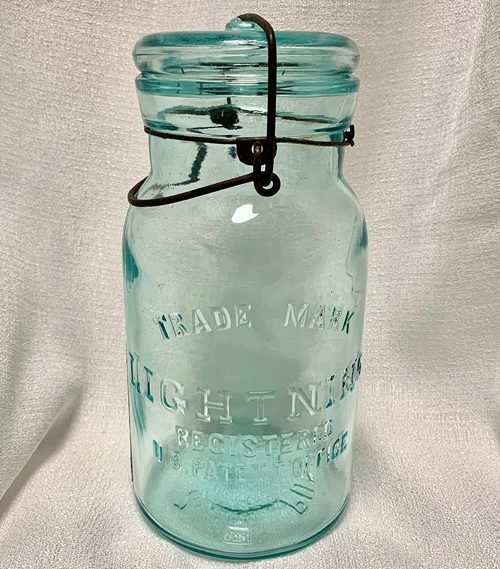
Reminiscent of the early 1900s, the Ball lightning jars were flint glass containers. Their lids were made from glass and secured with a wire and rubber seal. Later on, the Ball manufacturing company added other colors to the design.
Beaver Jar

These amber-colored jars with an imprinted beaver are rare. Though they’re originally from Canada, there are American pieces. This design came at a time when the American government ruled metal lids as unhealthy stoppers.
Violet Jar by Columbia
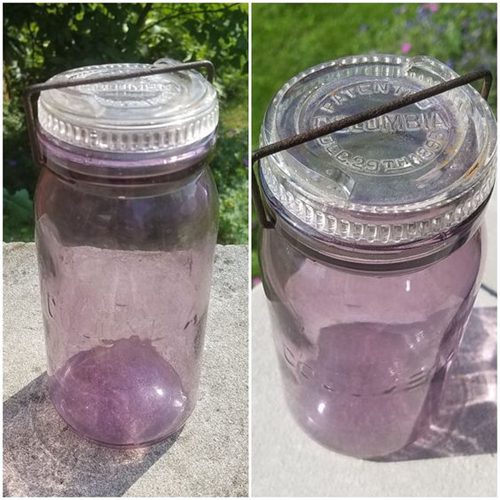
This purple hue jar gets its color from a reaction of manganese to sun exposure. The fun color attracted consumers, so the producers stuck to it. But, unfortunately, it’s also another case of error turning to the status quo.
Sun Jar by Bartow
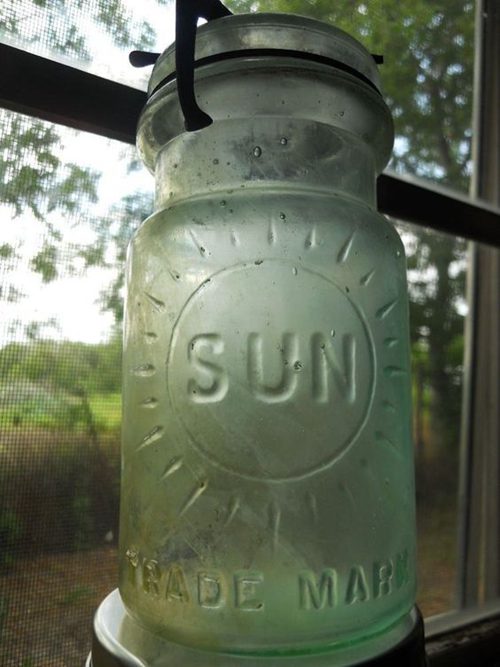
This antique jar is one container purposely used for purposes other than food storage. The sun jar is a frosted glass container with a glass seal that houses solar power and lights up the environment beautifully. It’s common for its lever-like lid.
Willoughby Stopple Jar

Although this brand was defective in 1858 when it came out, it’s a prized-collectible today. Not only because it has a unique cork lid but, there aren’t many in existence. People typically discarded this jar because of its defect.
Identification of Antique Mason Jars
With your knowledge of the types of Antique Mason jars, you’ve conquered half of the obstacles you’ll face in identification. On the surface, you should be able to pick out each jar based on its unique features. However, there are more details only the trained eye can catch.
The need to brush up on your Mason jar knowledge intensified in 2010. The scandal of counterfeited Ball Mason jars passing as antiques rocked the community. Experts then volunteered information and mini-lectures on the identification of antique Mason jars.
Here are things to look out for;
Glass Markings
All antique Mason jars are glass forms. Older materials that pre-date the 19th century are Canning jars. Examine the age signs and quality of the glass.
Antique Mason jars have isolated micro-bubbles in the glass. Their glass is thicker than the modern set, which is why they last for years.
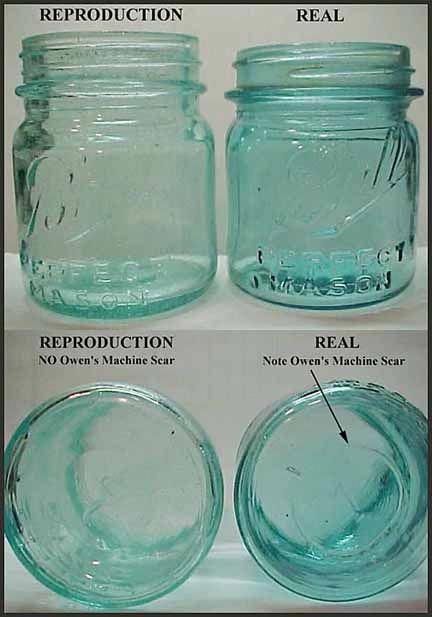
No Owen Scar
An Owen scar is a round thin sharp line at the bottom jar bottom. You can feel it when you circle the base with your fingertips. That line should show signs of age – centuries of dragging it across surfaces must’ve left a mark or two.
Lettering
The beautiful thing about antique Mason jars is that each brand engraved its name on the body. Manufacturers loved taking credit for their work, mainly after Mason lost several patent theft lawsuits. So, as they improved their design, companies added slight variations to the letterings.
You can visit individual websites of the top brands for in-depth information on the progress of their lettering. But, before you do, here’s a summary of the famous Ball Mason Jar lettering evolution.
Identification of Ball Mason Jars
The first set of Ball Mason Jars in 1885-1886 had the Ball Brothers Glass Manufacturing Company medallion. By 1892-1896, it changed to Block letters. Then, in 1896, Cursive lettering took over.
The Evolution of the Ball Mason Jar Cursive Letter
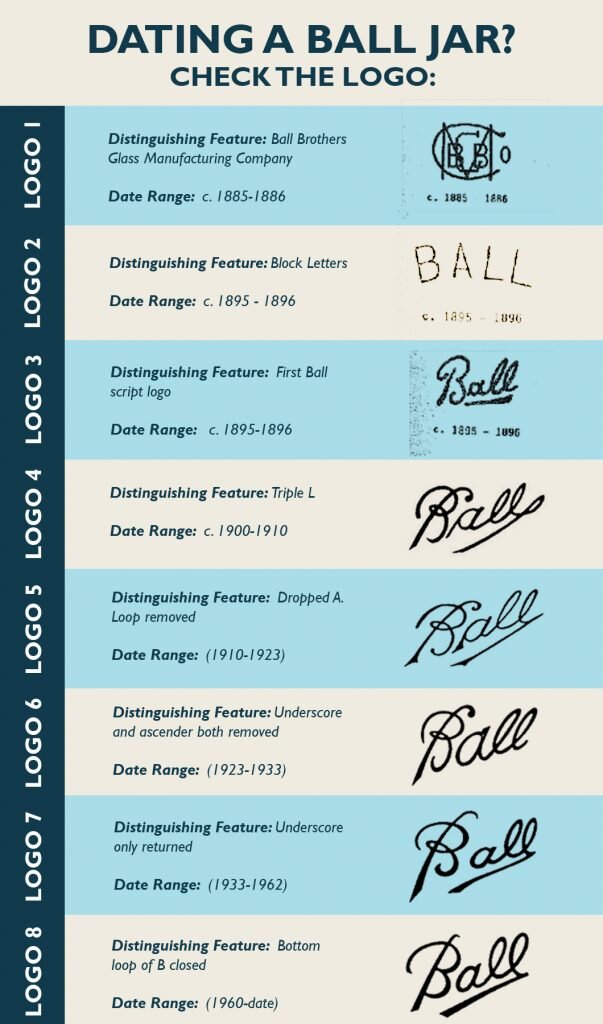
1900-1910 – The triple L. The “Ball” had an underscore extension that looped at the end like the letter L.
1910-1923 – The double L. The underscore extension had no loop.
1923-1933 – No Underscore.
1933-1962 – Looped “B.” The “B” in Ball had a loop at the base.
1962-date – Connected “B.” The “B” in Ball links with the underscore at the bottom.
Identification of the Mason patent lettering (1890)
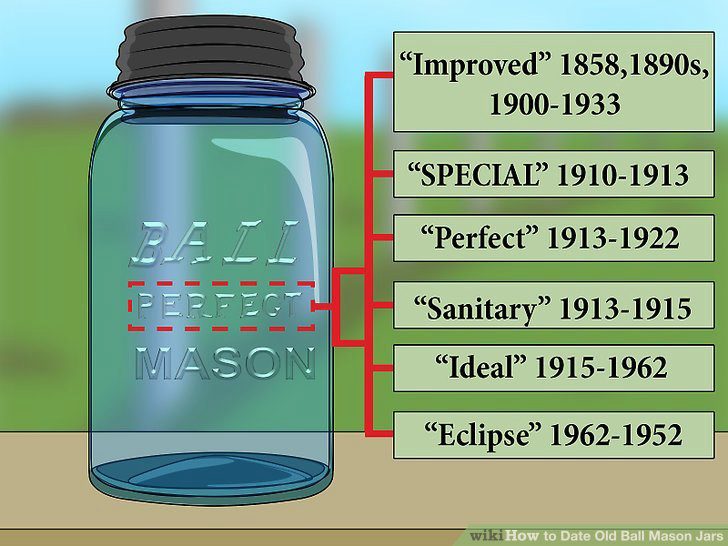
There are unique words that signify the manufacturing year of a Ball Mason Jar.
1910-1913 – SPECIAL
1913-1915 – Sanitary
1913-1922 – Perfect
1926-1952 – Eclipse
1915-1962 – Ideal
Size
Antique Mason jars come in different forms, from Cylindrical to round-cornered squares. The four standard sizes are Pint, Half-pint, Quart, and Half-gallon.
The Ball Upside-down Mason jar has two sizes – 1.2L(40 ounces) and 1.24L bootleggers’ design.
The difference in size is because of the prohibition era. Bootleggers used Mason jars to smuggle alcohol, so they altered the form to indicate the difference from the original coffee dispensers.
Color
Mason jars have unique colors that indicate a brand. For example, the Violet jar is purple, the Beaver jar is amber, and the Lightning jar is clear.
The Ball Mason jars have taken on so many colors through the years, from golden yellow to amber, to different green shades.
Date
A date isn’t a foolproof indicator of the manufacturing year. In the same way, a mold number (0-15) underneath the jar is meaningless. It merely shows the position in the Auto Bottling Machine during production.
Valuation of Antique Mason Jars
Collectors covet Mason jars, especially the rare ones. The 1881 Van Vliet is the most expensive brand ever sold at $23,50o, with a starting bid of $1,000. The cheapest is the Self-sealing jar by Kerr at $40 (you’ll get half-price for a lost lid.) and E-Z Seal by Atlas at $60.

For $150-$400, you can get an antique Cork-top, Ball lightning jar, Improved by Hero, Violet jar, Sun Jar, and Willoughby Topple. The Ball Upside-down coffee dispenser is in the big leagues at a whopping $1,000.
Please refer to the Red Book of Fruit Jar Price Guide for a detailed list.
Final Thoughts
Buying antique Mason jars is oddly satisfying, so don’t be surprised when you get carried away. However, in your excitement, please remember to examine the details.
- Antique Mason jars have thick glasses.
- Original relics were handcrafted, so it’s unlikely they’d have uniform designs.
- Check for aging marks along the base of the Mason jar.
Next time you rummage through your grandma’s spice locker, be alert. You never know what you will find.


